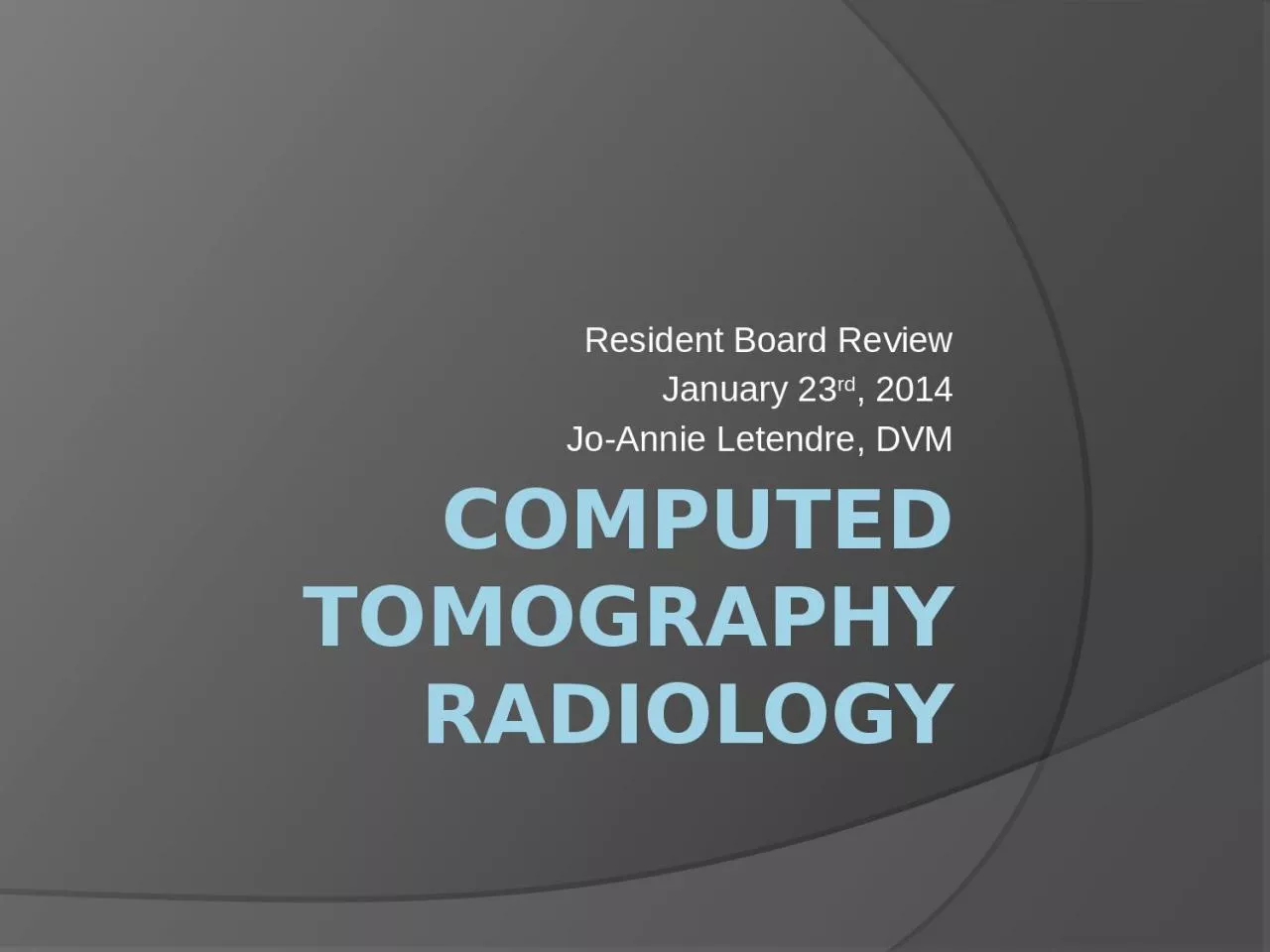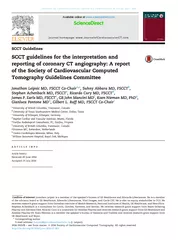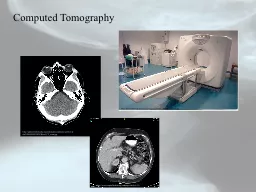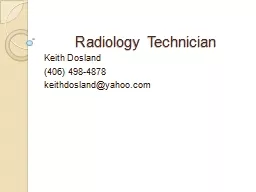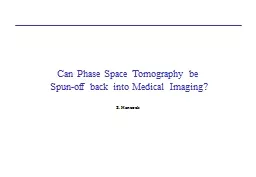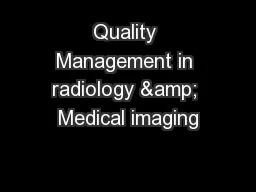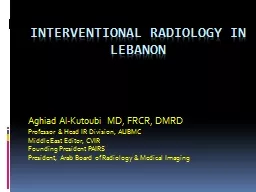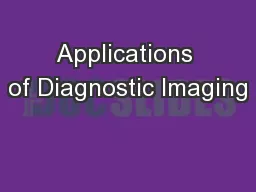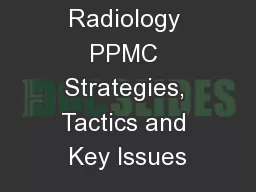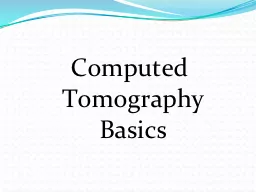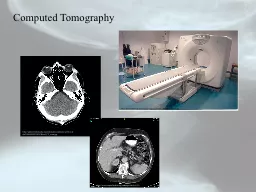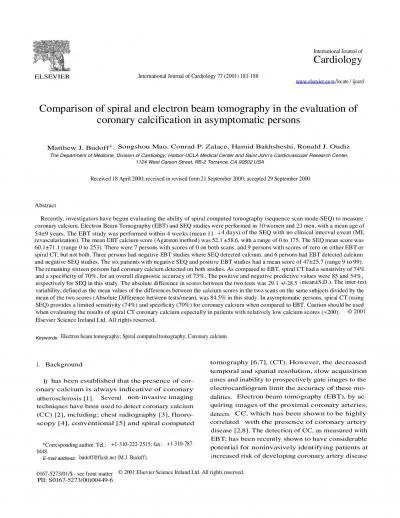PPT-COMPuted tomography RADIOLOGY
Author : mackenzie | Published Date : 2024-01-29
Resident Board Review January 23 rd 2014 JoAnnie Letendre DVM Outline Basic principles of CT Use of CT in ECC Review of the paper Radiology of thoracic trauma
Presentation Embed Code
Download Presentation
Download Presentation The PPT/PDF document "COMPuted tomography RADIOLOGY" is the property of its rightful owner. Permission is granted to download and print the materials on this website for personal, non-commercial use only, and to display it on your personal computer provided you do not modify the materials and that you retain all copyright notices contained in the materials. By downloading content from our website, you accept the terms of this agreement.
COMPuted tomography RADIOLOGY: Transcript
Download Rules Of Document
"COMPuted tomography RADIOLOGY"The content belongs to its owner. You may download and print it for personal use, without modification, and keep all copyright notices. By downloading, you agree to these terms.
Related Documents

